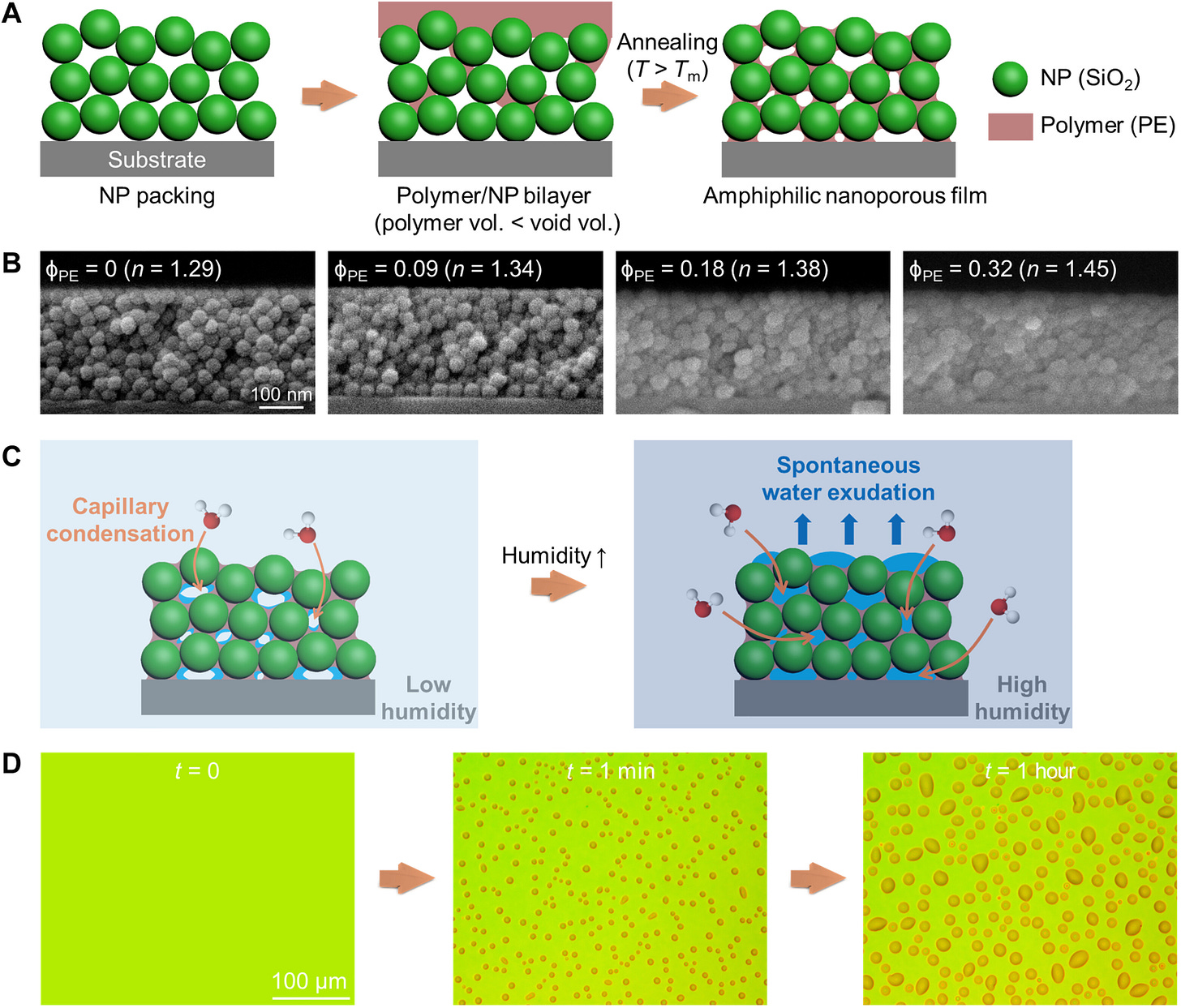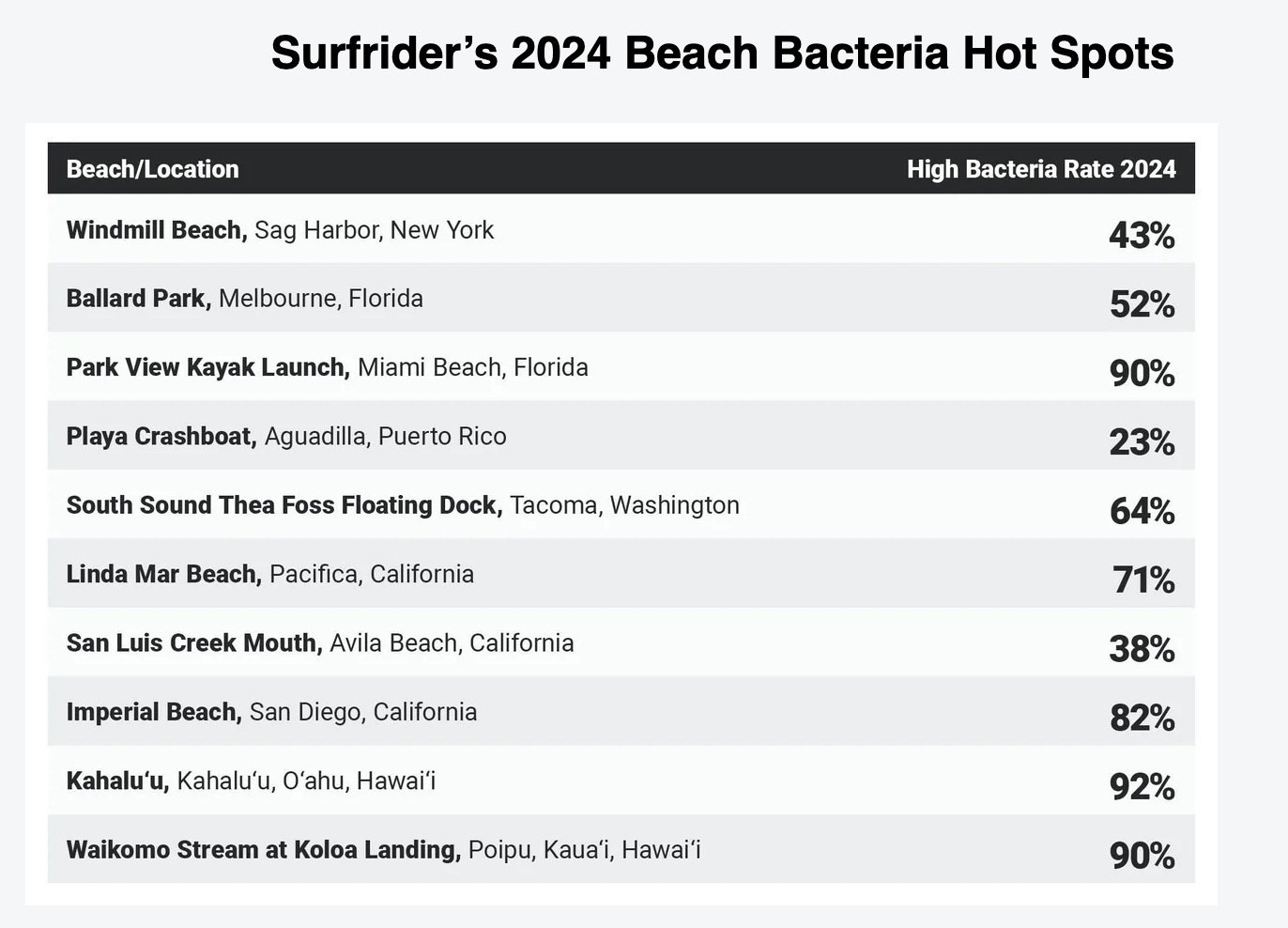#263 - Fruit Peels, Amphiphilic materials, PFAS everywhere & Citizens taking initiative
Water Water Everywhere...
Hey Readers,
Rolling into this week we wanted to share this TED talk from one of our favorite journalists, Angus Hervey. As he says, he’s a solutions journalist so he focuses on solutions rather than problems, and his talk around the current geopolitical state is a breath of fresh air. Enjoy!
Now on to the Innovations and News that made it to through the cutting room this week.
Innovations Roundup
New nanomaterial to extract water from air
A curious quirk of discovery is that sometimes it happens by accident. Here are some of the most famous ones that happened by accident. This week’s innovation may go in the same category with time. A group at the University of Pennsylvania were researching nanomaterials by testing the combination of hydrophilic nanopores and hydrophobic polymers, when they noticed the combination they were testing was able to pull water from the air, collect it in pores and release it onto surfaces without the need for any external energy.
This new class of nanostructured materials is considered amphiphilic i.e. one that blends water-loving (hydrophilic) and water-repelling (hydrophobic) components in a unique nanoscale structure. When water condenses on surfaces, it usually requires either a drop in temperature or very high humidity levels, whereas their material relies on capillary condensation, a process where water vapor condenses inside tiny pores even at lower humidity.
Fruit peels to remove heavy metals from water
This innovator is the latest in a line of innovators who prove its never too early to solve problems for the world. A student at The Harker School in San Jose, California, has developed a biodegradable filtration method using fruit peel waste from daily consumption. This student’s work uses the natural filtration capabilities of compounds found in fruit peels—like lignin, cellulose, and pectin—to remove toxic heavy metals such as silver, nickel, chromium, cadmium, lead, copper, iron, and zinc.
The originality of her method lies not only in her use of natural compound materials and household items, but also in the pre-activation process that prepares the filter for more effective water treatment. Her innovation has been validated through home-based trials, as well as professionally confirmed by a certified laboratory using atomic absorption spectroscopy, showing over 1000× reduction in heavy metal levels, exceeding U.S. EPA standards by more than 100-fold.
News Roundup
Research done by a group led by the Boston University have found that PFAS was found in eggs, fish and drinking water in increasing quantities over a 3 year period in which they tested data in the state of California.
Meanwhile, last week, the EPA announced that some of the regulations built last year around PFAS, specifically those that limited levels of PFHxS, PFNA, PFBS, and HFPO-DA, would be rescinded and reconsidered. Read more about the EPA PFAS rollback.
Roughly 2 million people in the United States do not have access to running water or indoor plumbing in their homes. Another 30 million people live in areas where drinking water systems violate safety regulations. A University of Oregon researcher, along with co-authors, has mapped those hot spots in a first-of-its-kind study.
They also explore how Water privatization in the U.S. affects equitable access and people’s perceptions of clean drinking water. Do give their research a read.
New York & California leading the way
The Surfrider Foundation is releasing their 2024 Clean Water Report to build awareness of issues that affect water quality and your health at the beach.
The Community water testing program is going on in NYC, and their results are in for Week 3 of CWQTP. You can read more about their program here.
In better news;
In NY they have announced the availability of $78M in funds for water quality improvement and protection projects.
And in California they have started launching/completing state-funded water treatment systems that will eliminate PFAS.
Also in the better news category, Antofagasta, a city in northern Chile, has become the first in Latin America to meet 100% of its drinking water needs with desalinated seawater. A $130 million investment expanded an existing desalination plant, originally built in 2003, to supply potable water to the city's 500,000 residents.
That is it for this Friday, until next week,
Peace!








